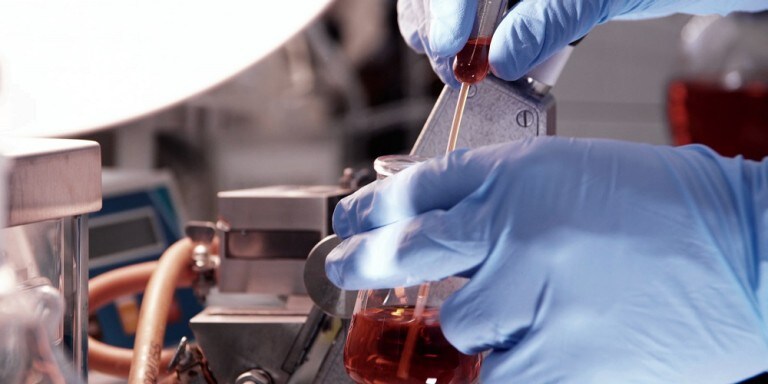
Health functions
Zinc is involved in many functions including the immune system, fertility, reproduction, and the maintenance of normal bone, vision, skin, hair and nails. Read More

Zinc (Zn) is found in nearly 100 different enzymes and as such is an essential building block for all life. Zinc is the second most common trace mineral in the body after iron and is present in every living cell.
The human body contains approximately three grams of zinc, the highest concentrations of which are located in the prostate gland and the eye.
Particularly in developing countries, zinc deficiency is regarded as an important public health issue by scientists (1).
Authored by Dr Peter Engel in 2010, reviewed by Giorgio La Fata on 29.09.2017

Zinc is involved in many functions including the immune system, fertility, reproduction, and the maintenance of normal bone, vision, skin, hair and nails. Read More

Growth retardation and delays in weight gain in children are common symptoms of mild zinc deficiency. Read More
Things to know about Zinc
Zinc is found in high concentrations in the retina but these concentrations decrease with age. Read More
The recommended dietary allowance (RDA) of zinc is dependent on age, gender, and other factors. Read More
National dietary surveys in Europe and the U.S. estimated that the average dietary zinc intake was 9 mg/day for adult women and 13 mg/day for adult men (62, 3). Read More
Mild zinc deficiency symptoms include impaired physical and neuropsychological development and susceptibility to life-threatening infections in children. Read More